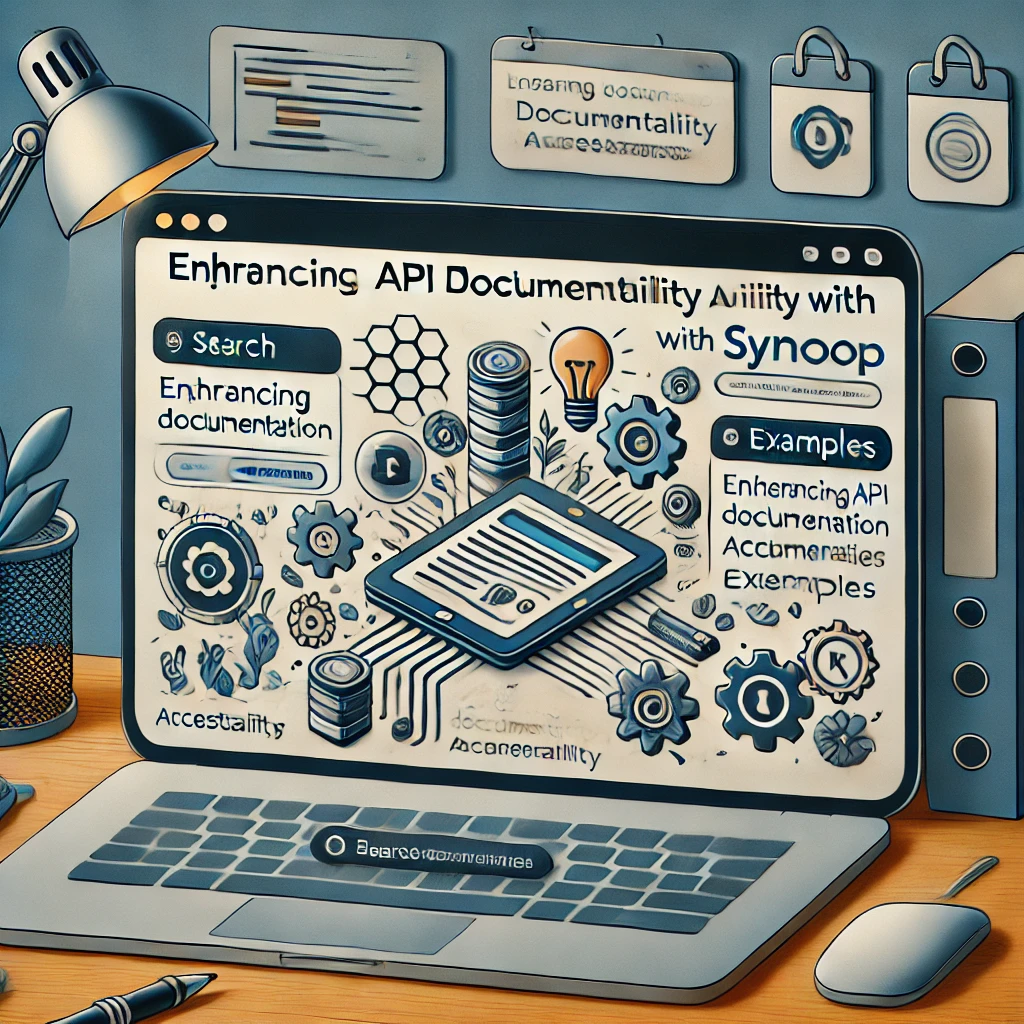Enhancing API Documentation Accessibility with Syncloop

Importance of Accessible API Documentation
Accessible API documentation benefits organizations by:
- Reducing Onboarding Time: Developers can quickly learn and use APIs with clear, concise documentation.
- Improving Integration Success: Detailed guidance reduces the risk of integration errors.
- Facilitating Collaboration: Teams across different roles and skill levels can access and understand API functionalities.
- Boosting Developer Experience: Comprehensive documentation fosters a positive experience, increasing adoption and usage.
Syncloop simplifies the creation and maintenance of API documentation, ensuring developers always have the information they need.
Key Features of Syncloop for API Documentation
1. Automated Documentation Generation
Generate API documentation directly from workflows and configurations, reducing manual effort.
2. Real-Time Updates
Ensure documentation stays current with real-time synchronization of API changes.
3. Interactive Documentation
Enable developers to test APIs directly from the documentation interface using interactive tools.
4. Centralized Access
Provide a unified platform where developers can access all API documentation in one place.
5. Customizable Templates
Create documentation that aligns with your branding and style requirements using Syncloop’s customizable templates.
6. Multi-Language Support
Generate documentation in multiple programming languages to cater to diverse developer needs.
Steps to Enhance API Documentation Accessibility with Syncloop
Step 1: Automate Documentation Generation
- Use Syncloop’s tools to automatically generate documentation from API endpoints, workflows, and configurations.
- Include details such as:
- Endpoint URLs and methods.
- Request and response formats.
- Error codes and messages.
Step 2: Enable Real-Time Synchronization
- Set up Syncloop to automatically update documentation whenever API workflows or endpoints are modified.
- Notify developers of changes to ensure they are using the latest information.
Step 3: Add Interactive Features
- Incorporate tools for testing APIs directly from the documentation, such as:
- Interactive code snippets.
- Live request and response examples.
- Enable developers to simulate real-world use cases without additional setup.
Step 4: Centralize Documentation Access
- Host all API documentation on Syncloop’s centralized platform.
- Provide role-based access to ensure secure and appropriate usage.
Step 5: Customize Documentation Templates
- Use Syncloop’s template editor to align documentation with your organization’s branding.
- Include visuals, such as diagrams and workflows, to enhance comprehension.
Step 6: Support Multiple Languages
- Generate SDKs or code examples in popular programming languages like Python, Java, and JavaScript.
- Offer language-specific guides to help developers integrate APIs seamlessly.
Real-World Applications
1. Developer Portals
- Use Case: Provide accessible, up-to-date documentation for external developers integrating with your APIs.
- Features Used: Centralized access, real-time updates, interactive documentation.
2. Internal API Management
- Use Case: Simplify collaboration between teams by centralizing internal API documentation.
- Features Used: Automated generation, multi-language support, role-based access.
3. Training and Onboarding
- Use Case: Facilitate developer training with interactive documentation and clear examples.
- Features Used: Customizable templates, real-time updates, interactive tools.
4. Customer-Facing Platforms
- Use Case: Enhance customer experience by providing easy-to-use API guides for third-party integrations.
- Features Used: Custom branding, centralized access, multi-language support.
Best Practices for Accessible API Documentation
- Keep it Updated: Ensure documentation reflects the latest API changes with real-time synchronization.
- Make it Interactive: Allow developers to test APIs directly within the documentation.
- Provide Clear Examples: Include sample requests, responses, and code snippets.
- Cater to Diverse Audiences: Offer language-specific guides and multi-language support.
- Centralize Access: Use a unified platform to provide a single source of truth for all API documentation.
Why Choose Syncloop for API Documentation?
Syncloop simplifies the creation, management, and distribution of API documentation with its automated tools and user-friendly interface. Its real-time updates, interactive features, and customization options make it an ideal choice for enhancing accessibility and developer experience.
Conclusion
Accessible API documentation is a cornerstone of successful API adoption and integration. Syncloop provides the tools to automate and enhance documentation, ensuring developers have the resources they need to work efficiently. By leveraging Syncloop, organizations can create comprehensive, interactive, and accessible documentation that empowers developers and drives API usage.
Back to Blogs